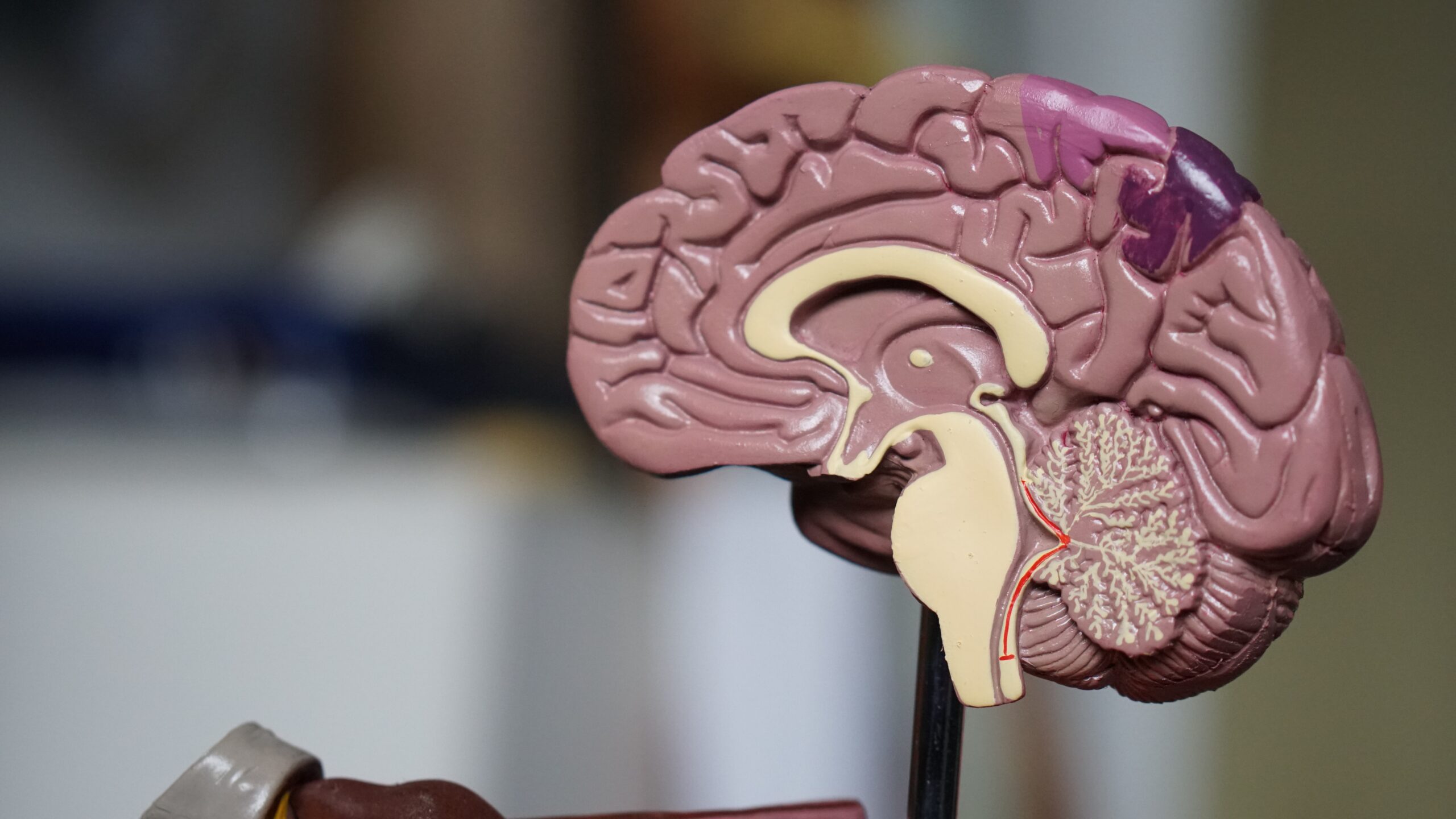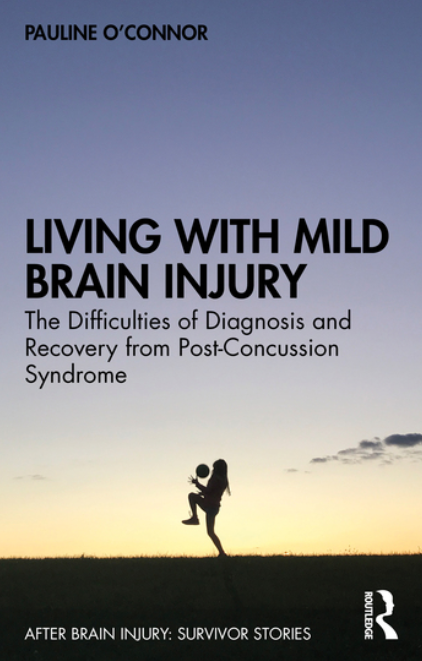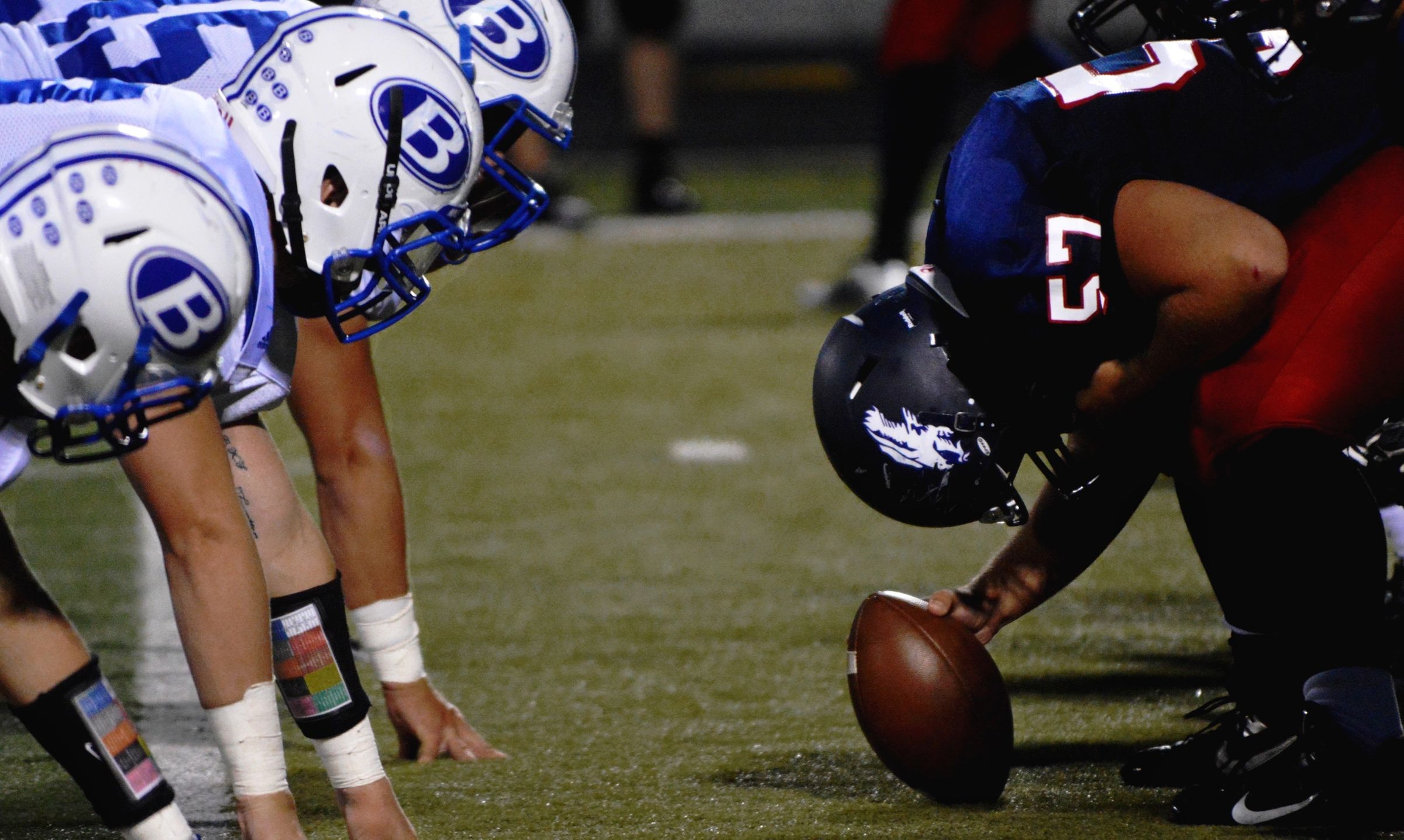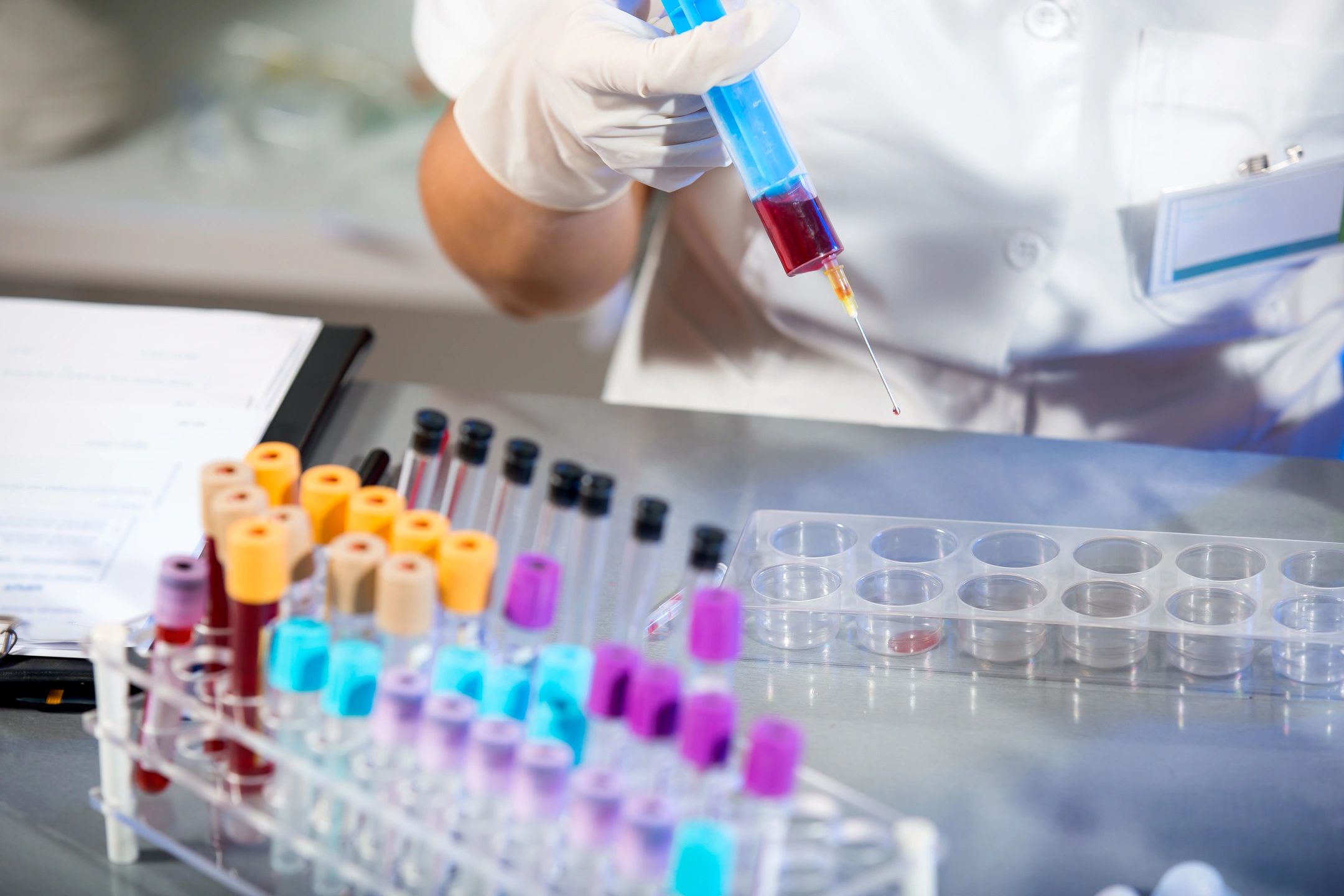Effectiveness of specialized rehabilitation after mild traumatic brain injury: A systematic review and meta-analysis. J Rehabil Med. 2021 Jan. via NPsych
NPsych Pick of the Month: The aim of this study was to determine what type of rehabilitation is most effective for prolonged symptoms in adults following mild traumatic brain injury.









